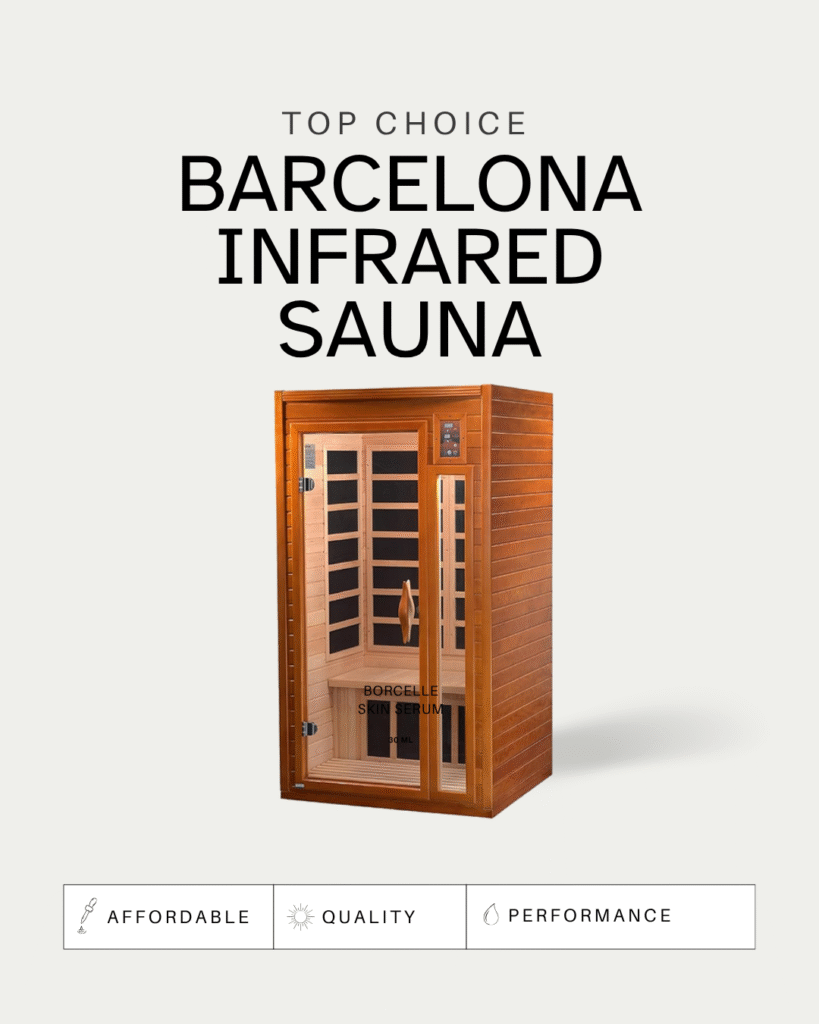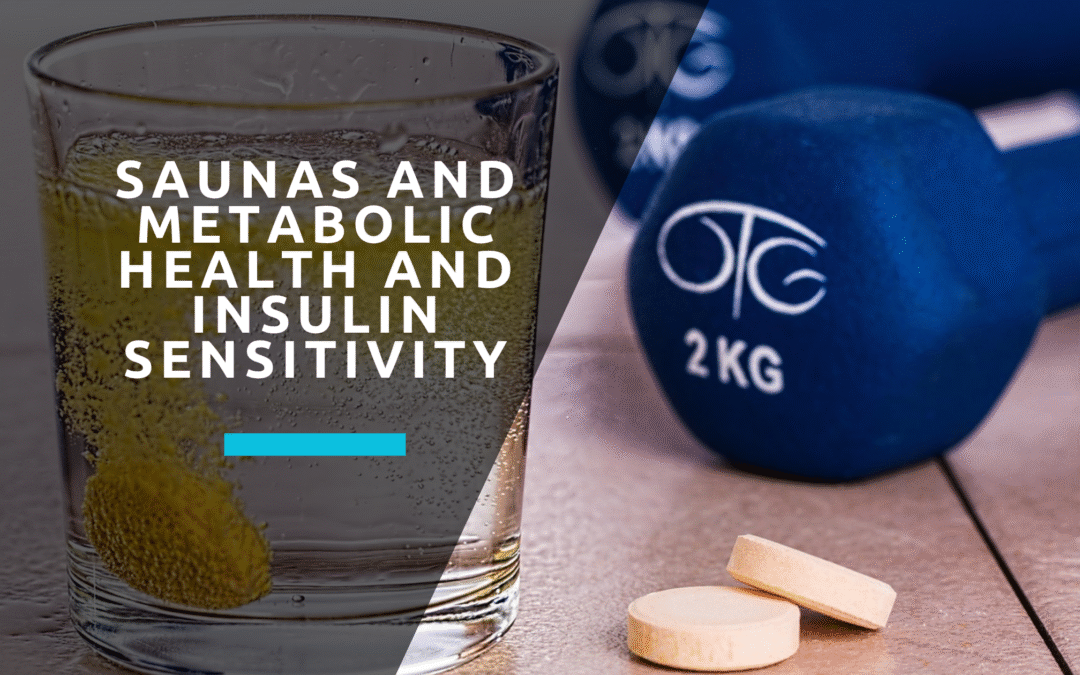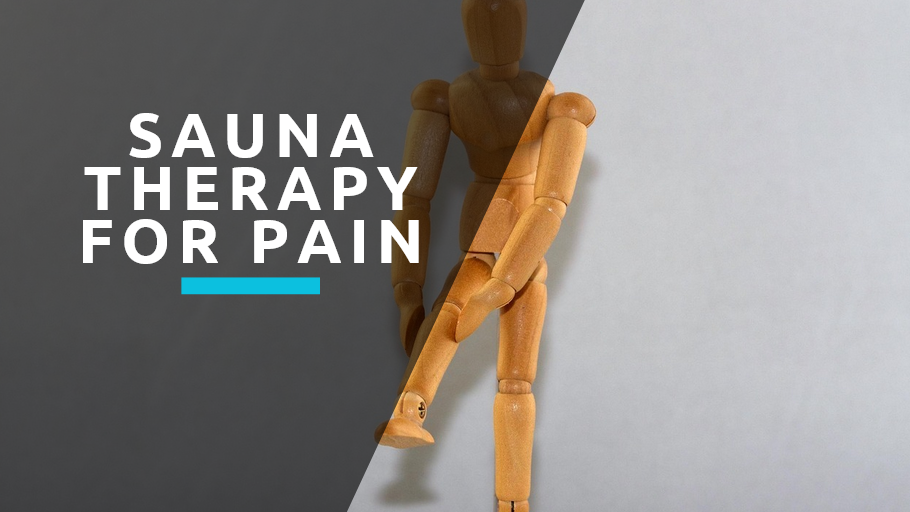
There’s something deeply satisfying about stepping into a sauna when snow is piling up outside. That contrast between bitter cold and enveloping heat feels almost primal. But here’s the thing—saunas aren’t just a winter ritual. They’re a year-round practice that shifts and changes with the seasons, each time of year offering its own particular benefits and pleasures.
I’ve been using saunas regularly for about five years now, and one of the most interesting discoveries has been how differently my body responds depending on what’s happening outside. The sauna itself doesn’t change, but everything around it does—the temperature you’re coming from, what you do afterward, even why you’re going in the first place.
Winter: The Classic Sauna Season
Winter is when most people discover their love for saunas, and honestly, it makes perfect sense. When it’s freezing outside, the thought of intense, dry heat becomes incredibly appealing. Your body is already working overtime to stay warm, and a sauna session feels like relief—a chance to warm up from the inside out.
But winter sauna use is about more than just getting warm. The real magic happens when you embrace the contrast. In Nordic countries, people have been doing this for centuries: sauna, then a roll in the snow or a plunge in an ice-cold lake, then back to the heat. It sounds extreme, but that temperature shock does something remarkable for your circulation and immune system.
If you don’t have access to a frozen lake (most of us don’t), a cold shower works just fine. Start with warm water after your sauna session, then gradually turn it colder. Those first few times are rough, I won’t lie. But your body adapts quickly, and soon you’ll find yourself actually craving that cold blast after the heat.
Winter is also when the sauna becomes a social space. Long, dark evenings make it the perfect gathering spot. There’s something about sitting in the heat together that encourages real conversation—the kind without phones or distractions.
Spring: Detox and Renewal
As winter loosens its grip, spring sauna sessions take on a different character. This is detox season, whether you believe in literal detoxification or just the metaphorical shedding of winter’s heaviness.
The temperatures are milder now, which changes how you approach your sessions. You might not need quite as much heat, or you might stay in longer because you’re not coming from sub-zero temperatures. Spring is a good time to experiment with lower temperatures and longer durations, letting your body ease into the warmth rather than seeking immediate intense heat.
This is also when outdoor saunas really come into their own. If you’re lucky enough to have access to one, spring evenings offer that perfect combination of cool air and warm earth smells. Open a window or door between rounds, and you get these beautiful temperature gradients—hot near the stove, cool near the opening, fresh air mixing with steam.
Summer: The Unexpected Season
Using a sauna in summer seems counterintuitive. It’s already hot outside—why would you want more heat? But summer sauna use has its own logic and benefits.
For one thing, it helps your body adapt to heat. Regular sauna sessions during warm months can improve your heat tolerance, which makes those sweltering days more bearable. Athletes have known this for years; heat acclimation through sauna use can actually boost performance in hot conditions.
The key to summer sauna use is timing and temperature. Early morning or late evening sessions work best, when the ambient temperature is lower. You might also lower the sauna temperature by 10-20 degrees from your winter setting. A 150-160°F session in summer can feel just as intense as 180°F in winter.
What you do after matters even more in summer. Instead of a cold plunge, consider a cool (not ice-cold) shower or a swim if you have access to a pool or lake. The goal isn’t the extreme temperature shock of winter, but a pleasant cooling down that leaves you feeling refreshed rather than overheated.
Some people swear by the evening summer sauna as the best sleep aid they’ve ever found. The heat raises your core temperature, and the subsequent cooling triggers drowsiness. Just make sure you’re well-hydrated.
Fall: Getting Back into Rhythm
Autumn is transition season, and your sauna practice transitions too. As temperatures drop and daylight shrinks, the sauna starts feeling necessary again rather than optional. This is a good time to reestablish routines if you’ve taken the summer off or cut back.
Fall sauna sessions are forgiving. The weather isn’t so cold that stepping outside afterward feels punishing, but it’s cool enough that the heat feels wonderful. You can ease back into higher temperatures and longer sessions without the shock of going from summer heat directly to winter extremes.
This is also when I think about maintenance and preparation. If you have your own sauna, fall is the time to check it over—make sure the stove is working properly, replace any worn stones, give the benches a good cleaning. Getting everything sorted before winter means you can just enjoy the experience when the cold really hits.
Practical Considerations Across Seasons
No matter the season, hydration remains crucial. But your needs change throughout the year. In winter, you might not feel as thirsty, but you’re losing just as much fluid through sweat. In summer, you need to start hydrating well before your session because you’re already dealing with heat exposure throughout the day.
Your session length might vary too. Winter sessions can often run longer because you’re starting from a lower core temperature. Summer sessions might be shorter and cooler but just as effective.
Listen to your body’s signals—they change with the seasons. In winter, you might tolerate higher temperatures easily. In summer, respect any signs of overheating: dizziness, nausea, rapid heartbeat. There’s no virtue in pushing through genuine distress.
Making It Your Own
The beauty of seasonal sauna use is that there’s no single right way to do it. What works for someone in Minnesota won’t necessarily work for someone in Georgia. Your winter might be someone else’s spring, temperature-wise.
The point is to stay attuned to what your body needs and what the environment offers. In the dead of winter, embrace the heat as refuge and recovery. In the height of summer, use it as a tool for adaptation. During the in-between seasons, experiment and adjust.
Saunas have been part of human culture for thousands of years, across vastly different climates and cultures. That adaptability is part of what makes them enduring. Whether you’re using a traditional wood-fired sauna, an infrared model, or even a home-rigged setup, the principles remain the same: heat, followed by cooling, adapted to the world around you.
After five years of regular use, I’ve stopped thinking of the sauna as just a winter thing or a luxury. It’s become a practice that moves with the seasons, always there but never quite the same twice. And honestly, that’s part of what keeps me coming back.
now do How Saunas Affect Metabolic Health and Insulin Sensitivity
How Saunas Affect Metabolic Health and Insulin Sensitivity
I’ll admit, I first started using saunas because they felt good. The relaxation, the heat, the quiet—it was a break from everything else. I didn’t think much about what was happening inside my body beyond “sweating out toxins” (which, let’s be honest, isn’t really how detoxification works). But then I started reading about the metabolic effects, and it turned out there was a lot more going on than I realized.
The science around saunas and metabolic health is actually pretty fascinating. We’re not talking about miracle cures or dramatic transformations from a few sauna sessions. But regular use does appear to influence how your body processes energy, manages blood sugar, and responds to insulin. For anyone concerned about metabolic health—and given the rise in diabetes and metabolic syndrome, that’s a lot of us—it’s worth understanding what’s actually happening when you sit in that hot room.
The Basic Mechanics: What Heat Does to Your Body
When you step into a sauna, your body doesn’t just passively accept the heat. It kicks into high gear trying to maintain your core temperature. Your heart rate increases—sometimes to 100-150 beats per minute, similar to moderate exercise. Blood vessels dilate, pumping more blood to your skin to help with cooling. You start sweating, sometimes profusely.
All of this requires energy. Your metabolism ramps up, and your body starts burning through glucose and fat to fuel these responses. In some ways, it’s like exercise without the movement. Not a replacement for actual exercise, obviously, but there are overlapping physiological responses.
What’s particularly interesting is how this affects insulin sensitivity—basically, how well your cells respond to insulin and take up glucose from your bloodstream. Poor insulin sensitivity is at the heart of type 2 diabetes and metabolic syndrome. When your cells become resistant to insulin, your pancreas has to produce more and more of it to get the same effect, eventually leading to elevated blood sugar and all the problems that come with it.
The Research: What Studies Actually Show
There’s been some genuinely interesting research in this area over the past decade or so. A Finnish study that followed over 2,000 men for about 20 years found that those who used saunas regularly had significantly lower rates of developing dementia and cardiovascular disease. But beyond brain and heart health, researchers started noticing metabolic benefits too.
One study looked at people with type 2 diabetes who used saunas several times a week. After just a few weeks, they showed improvements in insulin sensitivity and blood sugar control. Not massive changes, but measurable ones. Another study found that regular sauna use was associated with lower fasting insulin levels, which is generally a good sign for metabolic health.
The mechanism seems to involve something called heat shock proteins. When your body is exposed to heat stress, it produces these proteins that help protect and repair cells. They appear to play a role in improving insulin signaling and glucose metabolism. Essentially, the heat stress acts as a beneficial stressor—like exercise—that prompts your body to adapt in positive ways.
There’s also evidence that sauna use affects inflammation, which is closely tied to metabolic dysfunction. Chronic low-grade inflammation interferes with insulin signaling and contributes to insulin resistance. Regular heat exposure seems to reduce inflammatory markers in the blood.
Practical Effects: What This Means for Real People
Here’s where things get interesting for those of us who aren’t researchers but just want to understand what sauna use might do for our own health.
If you’re dealing with insulin resistance or prediabetes, regular sauna sessions might help improve your body’s response to insulin. This doesn’t mean you can skip the other important stuff—diet, exercise, sleep, stress management. But it could be a useful addition to those foundational practices.
For people trying to manage their weight, saunas create a slight increase in metabolic rate that persists even after you’ve cooled down. Again, we’re not talking about massive calorie burning—maybe 300-500 calories for a longer session, depending on temperature and duration. That’s not nothing, but it’s also not a replacement for actual physical activity and proper nutrition.
What I find most compelling is the cumulative effect. Just like you don’t go to the gym once and become fit, you don’t use a sauna once and fix your metabolic health. But regular use—several times a week over months and years—seems to provide meaningful benefits that add up over time.
The Cardiovascular Connection
It’s hard to talk about metabolic health without mentioning cardiovascular health, because they’re deeply intertwined. Insulin resistance and metabolic dysfunction increase cardiovascular risk, and vice versa.
When you’re in a sauna, your cardiovascular system gets a workout. Blood pressure typically drops (though it can spike initially), blood flow increases, and your heart rate elevates. This is why people with certain heart conditions need to be careful with saunas, but for most people, it’s actually beneficial cardiovascular conditioning.
Better cardiovascular function supports better metabolic function. When blood flows more efficiently, your tissues get better oxygen and nutrient delivery, which includes better glucose delivery to cells. Improved circulation also helps remove metabolic waste products more effectively.
There’s research suggesting that the endothelial cells lining your blood vessels—which play a crucial role in both cardiovascular and metabolic health—function better with regular heat exposure. They become more responsive and flexible, which improves overall vascular health.
Timing and Protocol: Does It Matter?
This is where the science gets a bit less clear, but there are some practical considerations worth thinking about.
Some research suggests using saunas post-exercise might be particularly beneficial for metabolic health. After a workout, your muscles are primed to take up glucose, and the additional heat stress might enhance this effect. Plus, the combination seems to amplify the production of heat shock proteins.
That said, plenty of people use saunas completely separate from exercise and still see benefits. First thing in the morning, before bed, whenever you can fit it in—consistency probably matters more than precise timing.
As for temperature and duration, most of the research showing metabolic benefits used traditional Finnish saunas at temperatures around 170-190°F, with sessions lasting 15-20 minutes, repeated 4-7 times per week. That’s fairly intense. Infrared saunas, which operate at lower temperatures (usually 120-140°F), might require longer sessions to produce similar effects.
Individual Variation: Why This Matters
Here’s something that doesn’t get talked about enough: people respond differently to sauna use, just like they respond differently to exercise or dietary changes.
Some people might see noticeable improvements in their blood sugar control after a few weeks of regular sauna use. Others might not notice much of anything, or the benefits might be more subtle—better energy, improved recovery, or just feeling generally better.
Your baseline matters too. If you’re already metabolically healthy with good insulin sensitivity, you might not see dramatic improvements because there’s less room for improvement. But that doesn’t mean you’re not getting preventive benefits. If you’re dealing with significant insulin resistance or metabolic dysfunction, the potential for measurable improvement is probably greater.
Age plays a role as well. Some research suggests older adults might see more pronounced metabolic benefits from heat therapy, possibly because aging is associated with declining heat shock protein production and reduced stress resilience.
The Bigger Picture: Saunas as Part of a Metabolic Health Strategy
I think one reason I’m drawn to the research on saunas and metabolism is that it fits into a broader understanding of how our bodies respond to stress. Beneficial stress—whether it’s exercise, temperature extremes, or periodic fasting—seems to trigger adaptive responses that make us more resilient.
Saunas won’t fix a terrible diet. They won’t compensate for being sedentary. They won’t reverse advanced diabetes on their own. But as part of a comprehensive approach to metabolic health, they appear to offer real benefits with relatively little downside for most people.
What I find encouraging is that it’s an intervention that actually feels good. Unlike some healthy habits that require pure discipline, most people genuinely enjoy sauna sessions once they get used to them. That sustainability factor matters a lot for long-term health outcomes.
Related Articles
How Saunas Affect Metabolic Health and Insulin Sensitivity
I'll admit, I first started using saunas because they felt good. The relaxation, the heat, the quiet—it was a break from everything else. I didn't think much about what was happening inside my body beyond "sweating out toxins" (which, let's be honest, isn't really how...
Sauna Therapy for Chronic Pain Management
Living with chronic pain can feel like an endless battle. Whether it stems from arthritis, fibromyalgia, back pain, or sports injuries, the constant discomfort affects every aspect of daily life. While medications and physical therapy remain important treatment...
Sauna and Meditation: Combining Mindfulness Practices
The Finnish have a saying: "The sauna is the poor man's pharmacy." But perhaps it's also the busy person's meditation retreat. In our hyperconnected, overstimulated world, the sauna offers something increasingly rare—a technology-free zone where heat, silence, and...













